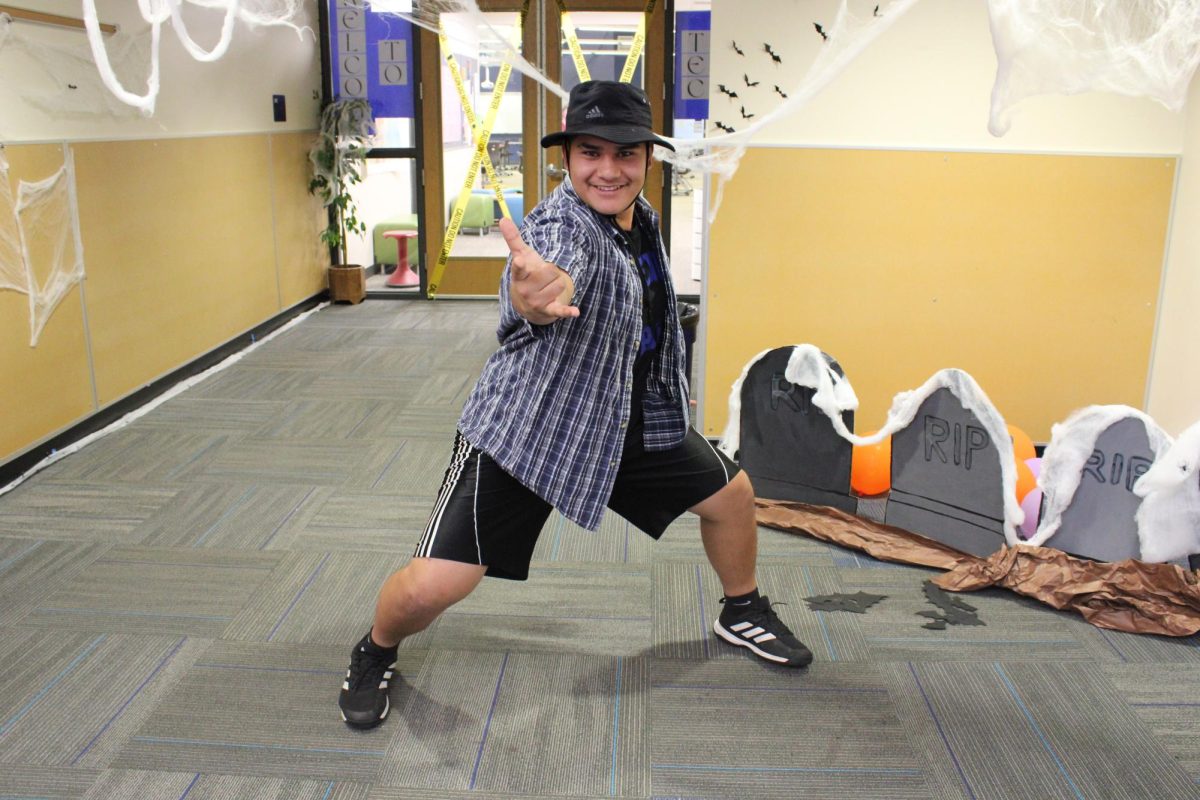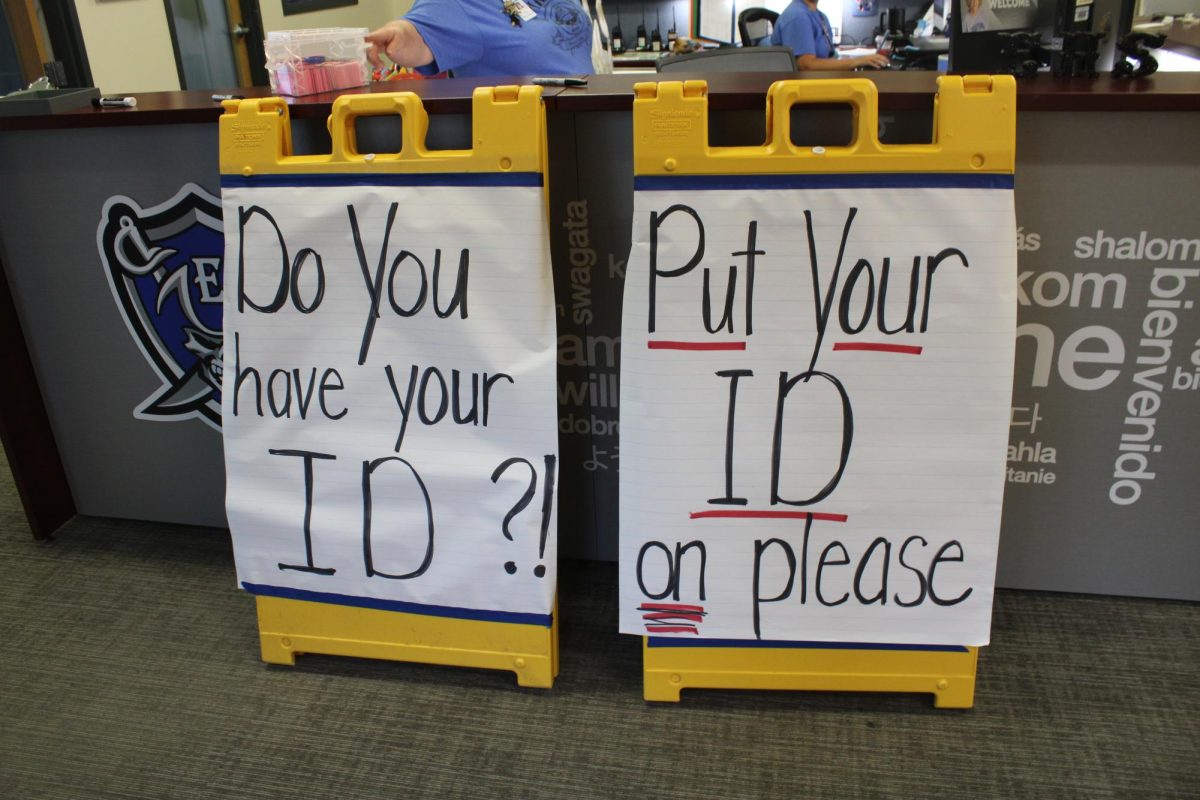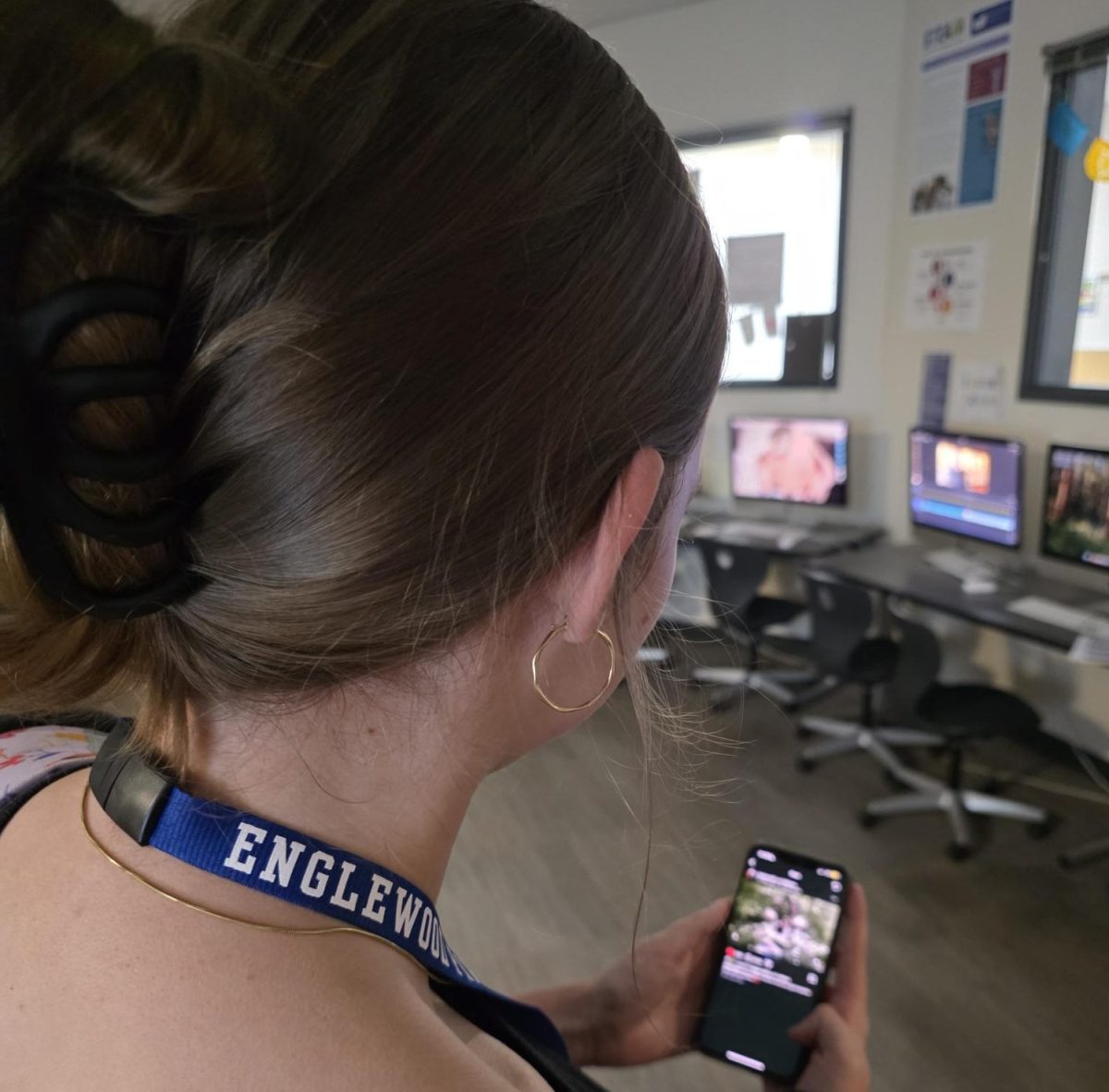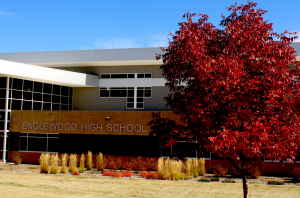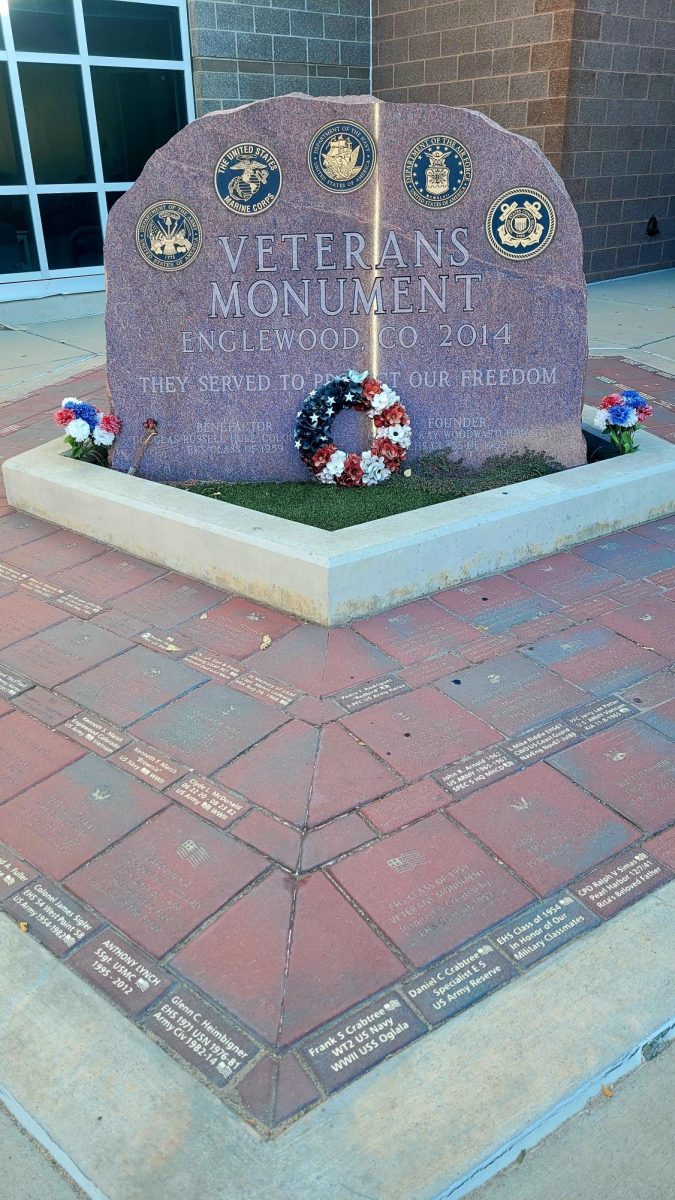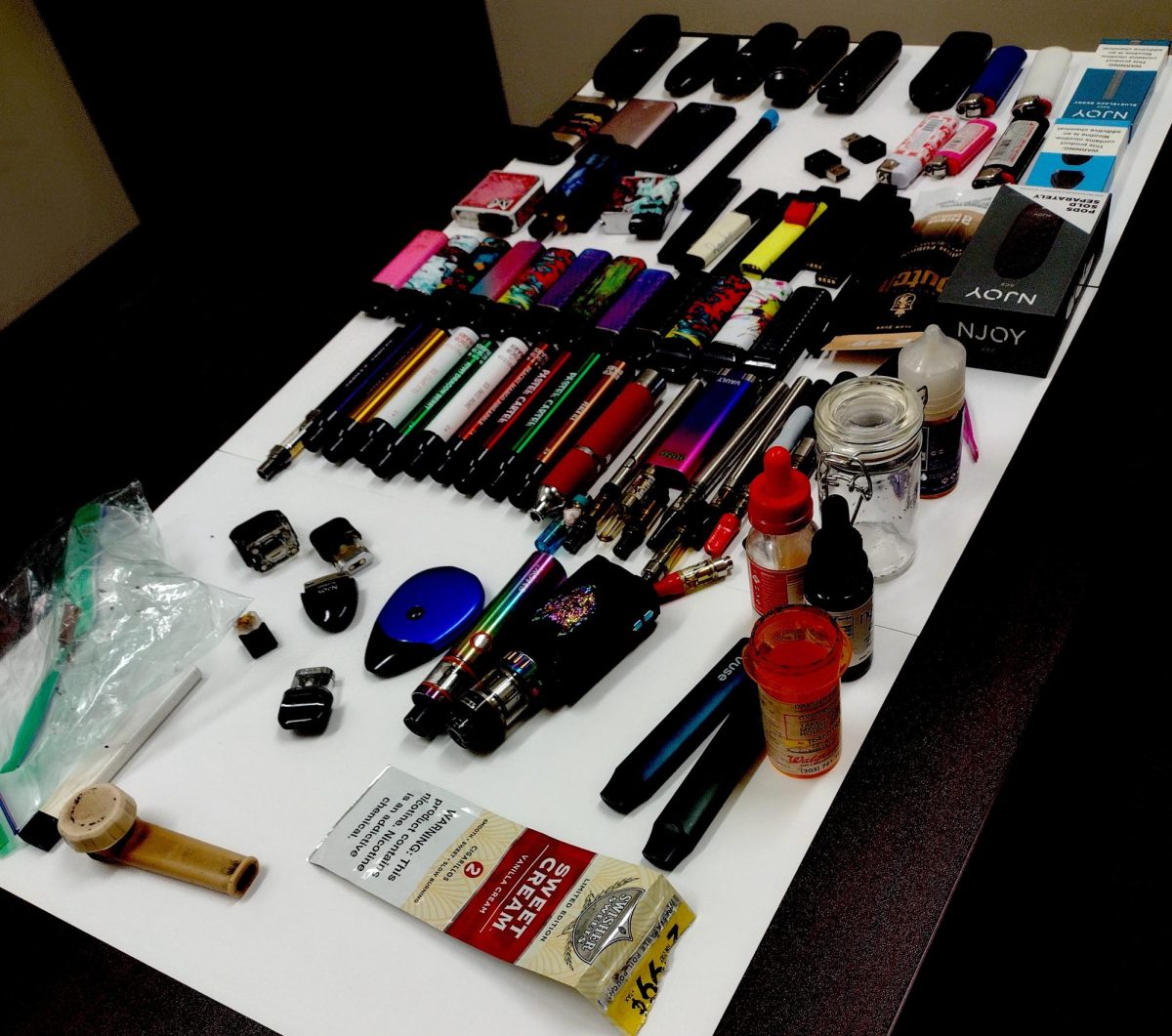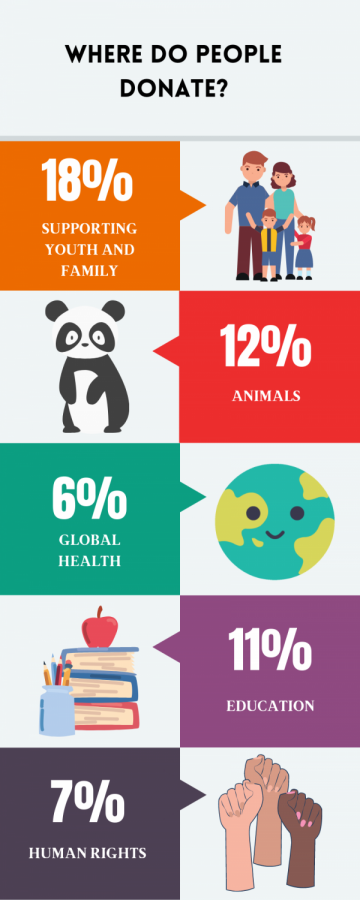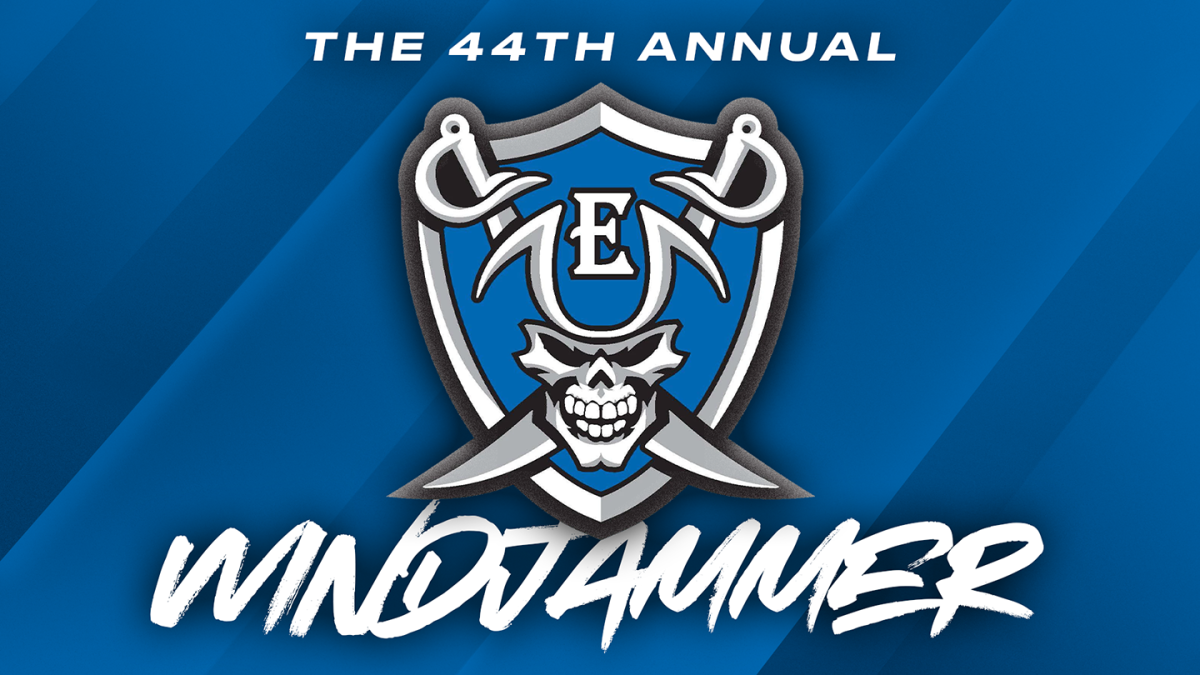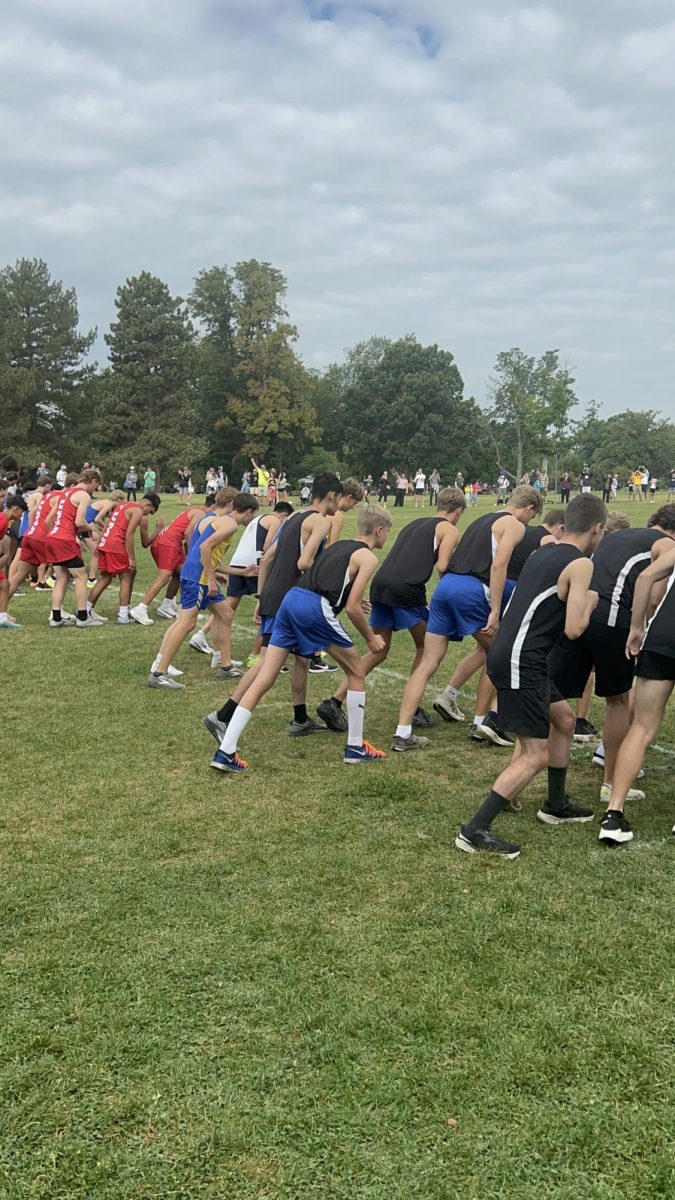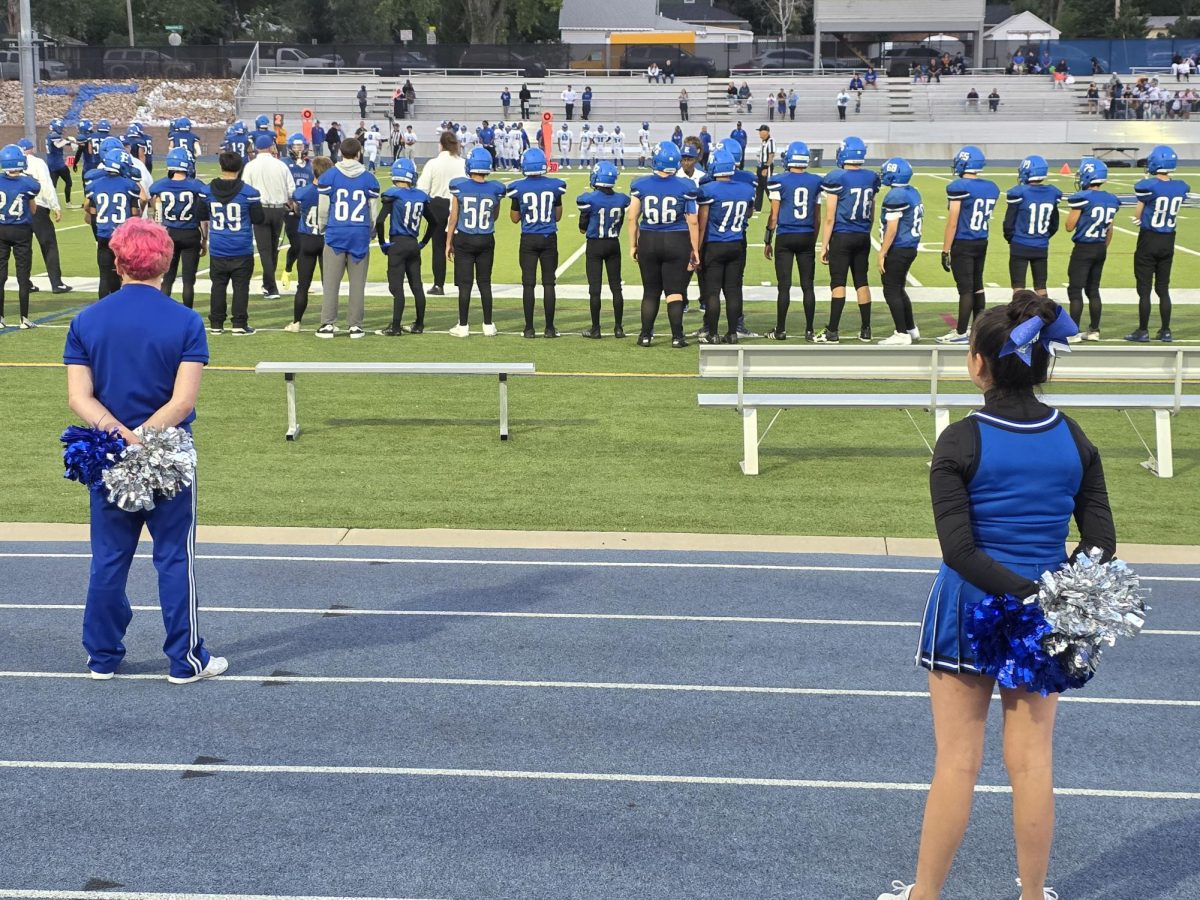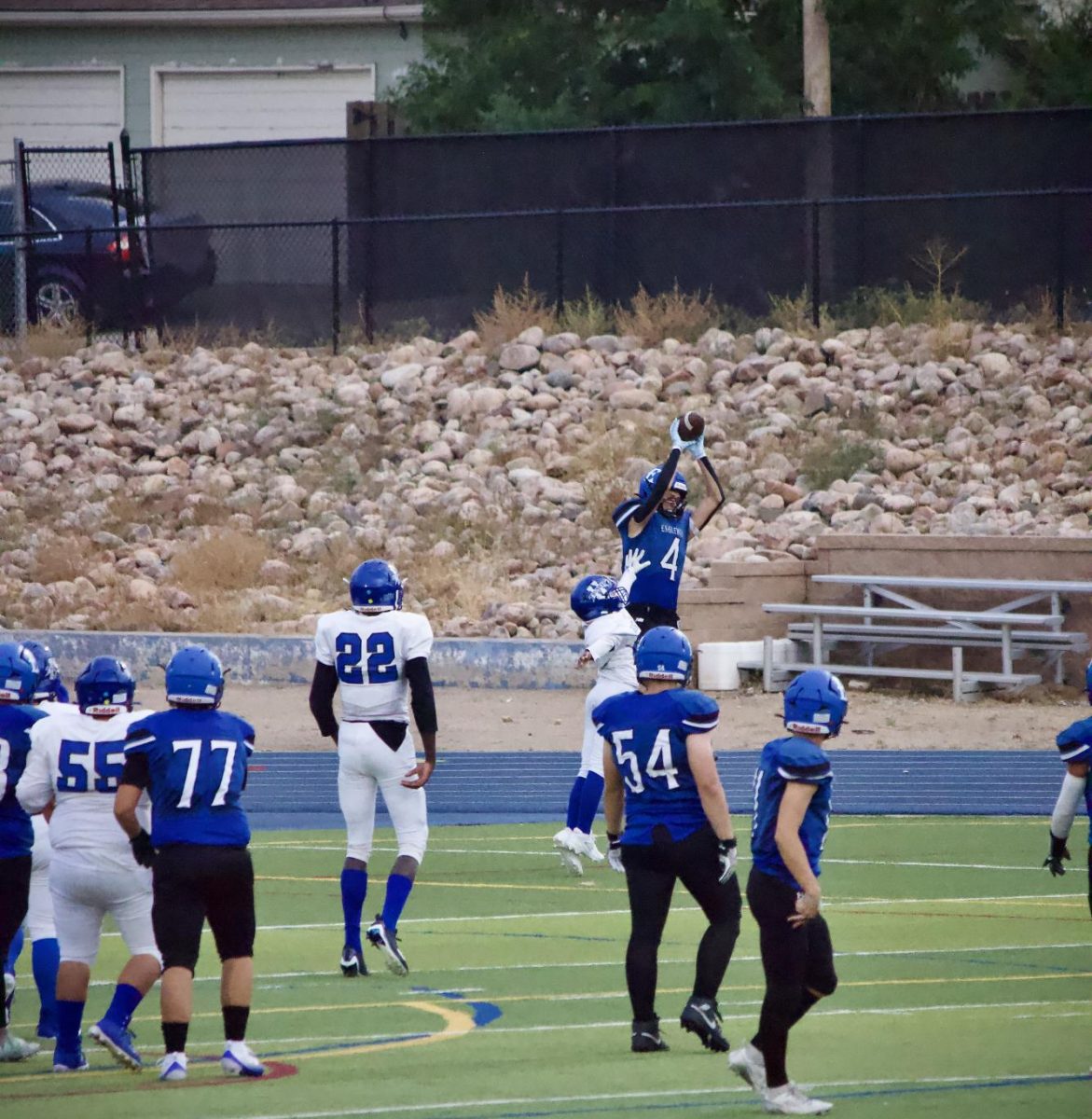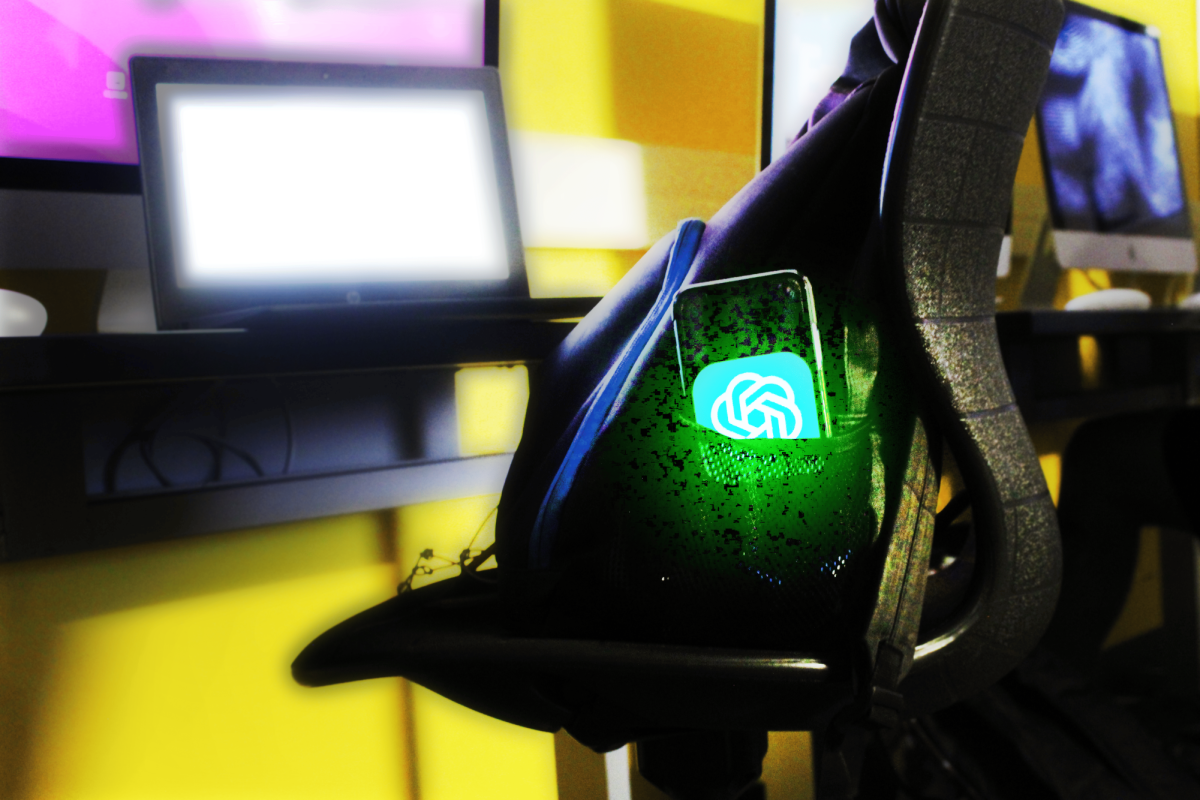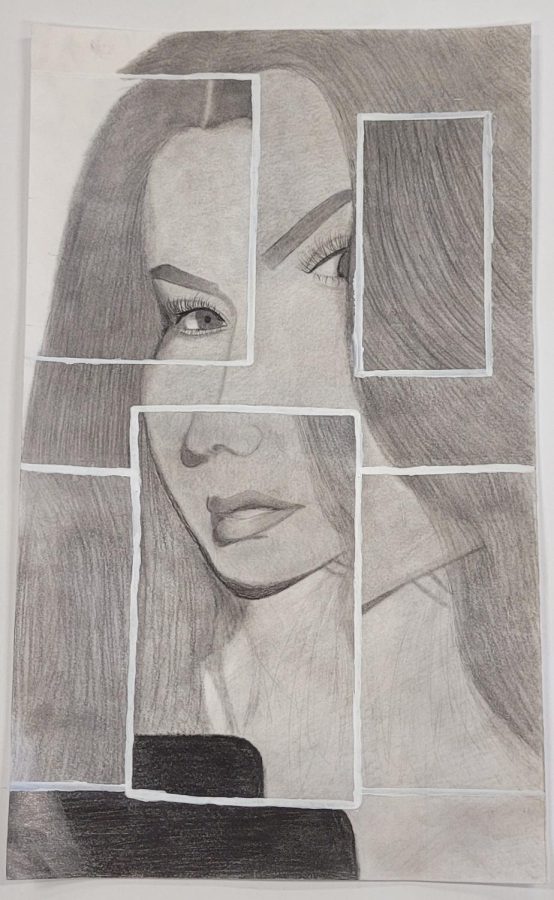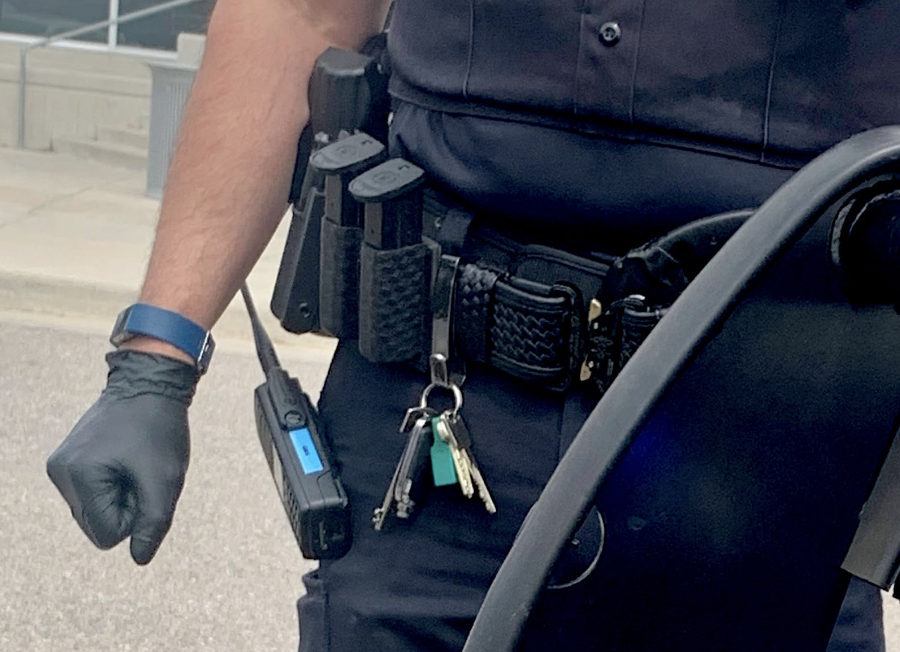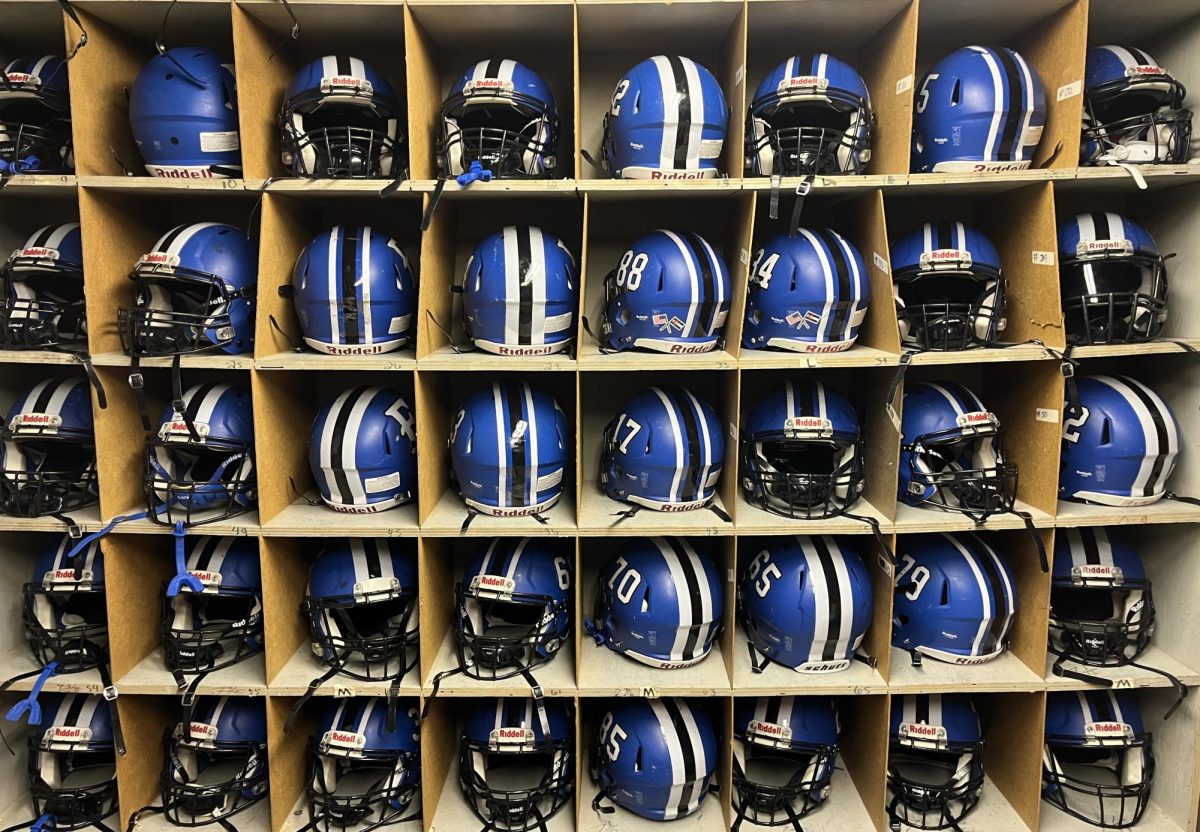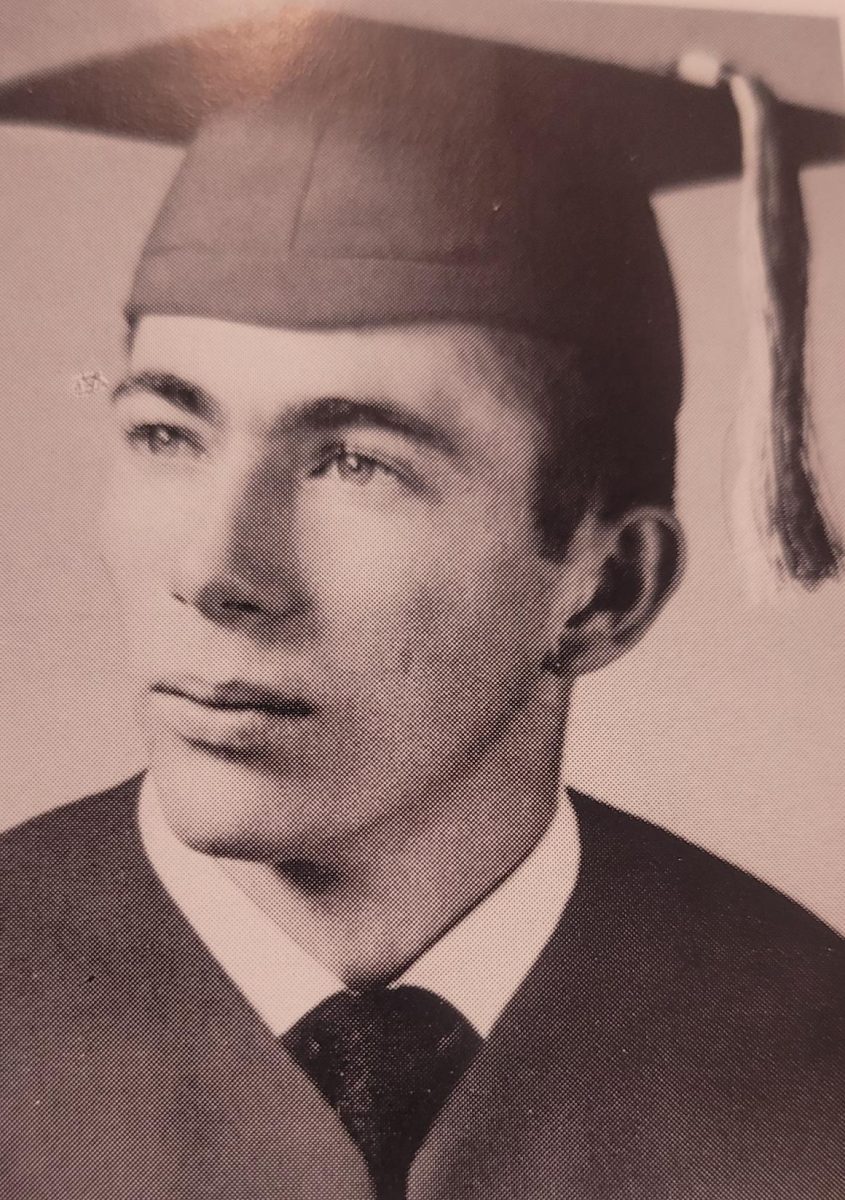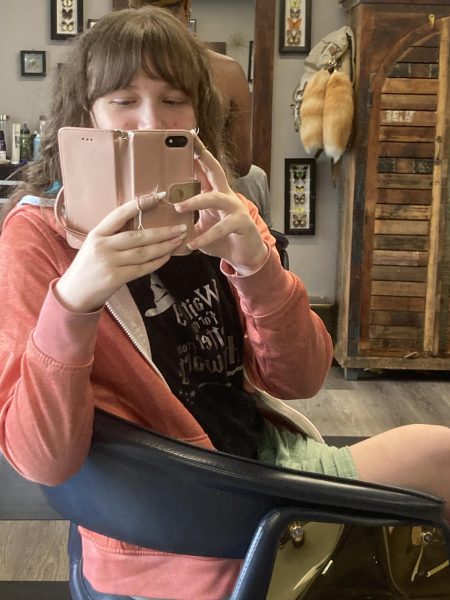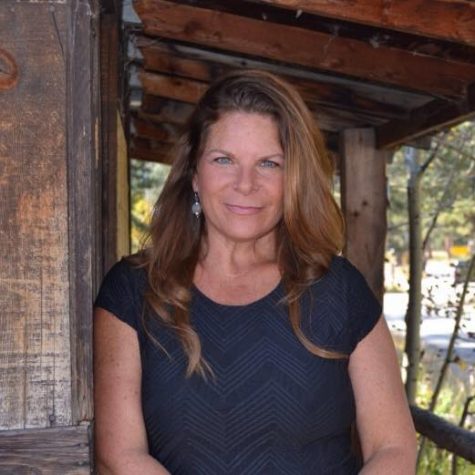A recent controversy surrounding male cheerleaders has sparked conversations, but many are unaware of its history. If you dig a bit into Google, you would find that male cheerleaders led the sport for decades, including right here at Englewood High School.
The Controversy
On August 23, 2025, a TikTok video filmed at U.S. Bank Stadium, set to Lizzo’s “Truth Hurts, went viral with over 3.4 million views but ignited criticism from some fans who deemed the content inappropriate, with calls for boycotts emerging. Why so much backlash? Because the video featured Blaize Shiek and Louie Conn, two male cheerleaders who were introduced in the same month.
The Vikings defended this inclusion, stating that male cheerleaders have historical precedent and that all squad members went through the same rigorous audition process, selected for talent and dedication. “I think it’s good that they’re at least letting men do it because they weren’t letting them do it at first. And I think it’s just really, I don’t know how to describe it, but, like, really good. Like, help letting people in and doing it.” EHS junior Cody Boucher, a cheerleader on the current team, said.
History of Male Cheerleading
The concept of men being cheerleaders sounds outrageous to some, despite the history of cheerleading having heavy male involvement.
In November 1898, Johnny Campbell at the University of Minnesota performed what’s considered the first organized cheer at a collegiate game, according to TIME Magazine, which ran a feature on the history of cheer. He became the first ‘cheerleader,’ though it had been a “yell leader” in the Pep Club. So, now a little bit of context. In the late 1800s, traditional Pep Clubs were created by men to lead chants and rally school spirit from the stands. Cheerleaders were down on the field, leading chants and doing stunts and routines. That was what was popular before cheerleading was officially a thing.
The first mention of cheerleading at Englewood High School was in 1929. There were two male cheerleaders and one female.
Nationally, things started to change around the start of WW 2, because men were going off to war and they needed people to fill in for the cheerleaders. So women took over, and men became less common. During that time, men were not extinct as cheerleaders at EHS. In 1943, there were still two boys on the cheer team. It would not change until 1978, when there were no males on the cheer team, and that would be the case for almost a decade.
In pro football, NFL teams started featuring female cheerleaders in the 1960s, but male involvement continued in roles such as stunt lifters, like on the Baltimore Ravens cheer squad from the late 1990s. A bigger shift came in 2018, when the Los Angeles Rams (with Quinton Peron and Napoleon Jinnies) and New Orleans Saints added male dancers, becoming the first to include male cheerleaders in full dance roles.
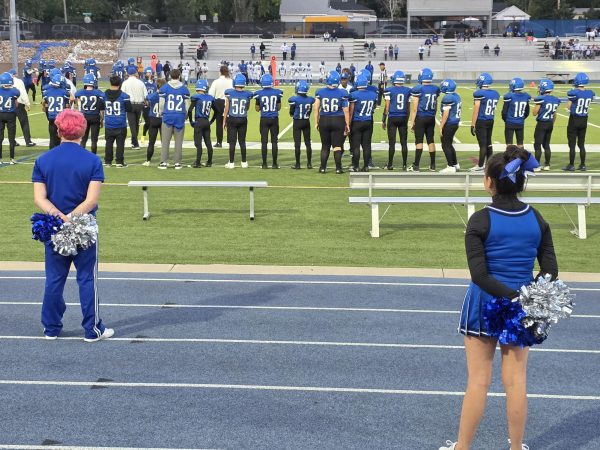
Male cheerleaders at EHS
Back at EHS, male cheerleaders became more common starting in 2000. Now, it is common. This year, a junior male cheerleader is in his second year, “Just the community of how nice they are,” Cody Boucher said.
He loves continuing the tradition of males on the sidelines, “We condition a lot. We go running, and we hit the gym every Tuesday,” Cody Boucher said. He is continuing the long history of male cheers at Englewood High School.
His coach is proud of the entire team at EHS, “It takes athleticism to be a cheerleader. We run, lift weights, hold up other cheerleaders, jump, dance, and some tumble while yelling cheers and smiling. Our competition routine is 3 minutes long without stopping. We have to dance, and yell, then do 2 cheers with yelling and stunting (lifting cheerleaders in the air), then another dance, with yelling, stunting, and smiling. All of this must be done with tight motions and loud words, and while moving across all the mats. We also have some of the strictest rules of all high school sports. Being a cheerleader also requires a large mental load. They have to learn all the material, like sidelines, cheers, and timeout routines, formations for all of those routines, and all the proper techniques for stunting,’ EHS cheer coach Ginger Rode said.
Rode said Boucher and other males on the team change the entire team, “I like it! Having male cheerleaders brings a different dynamic to the team. It also creates more variety of stunts we can do with the team,” said Rode.
Rode said one of her favorite parts about coaching at EHS is the growth she sees from year to year, “It is fun to watch new cheerleaders learn the sport and be excited for everything new that happens; It is fun to watch them learn and grow. The only downside is that it takes time to teach them about cheerleading and delays working on routines for pep rallies, homecoming, and competition,” Rode said.

